SUMMARY
This is AI generated summarization, which may have errors. For context, always refer to the full article.
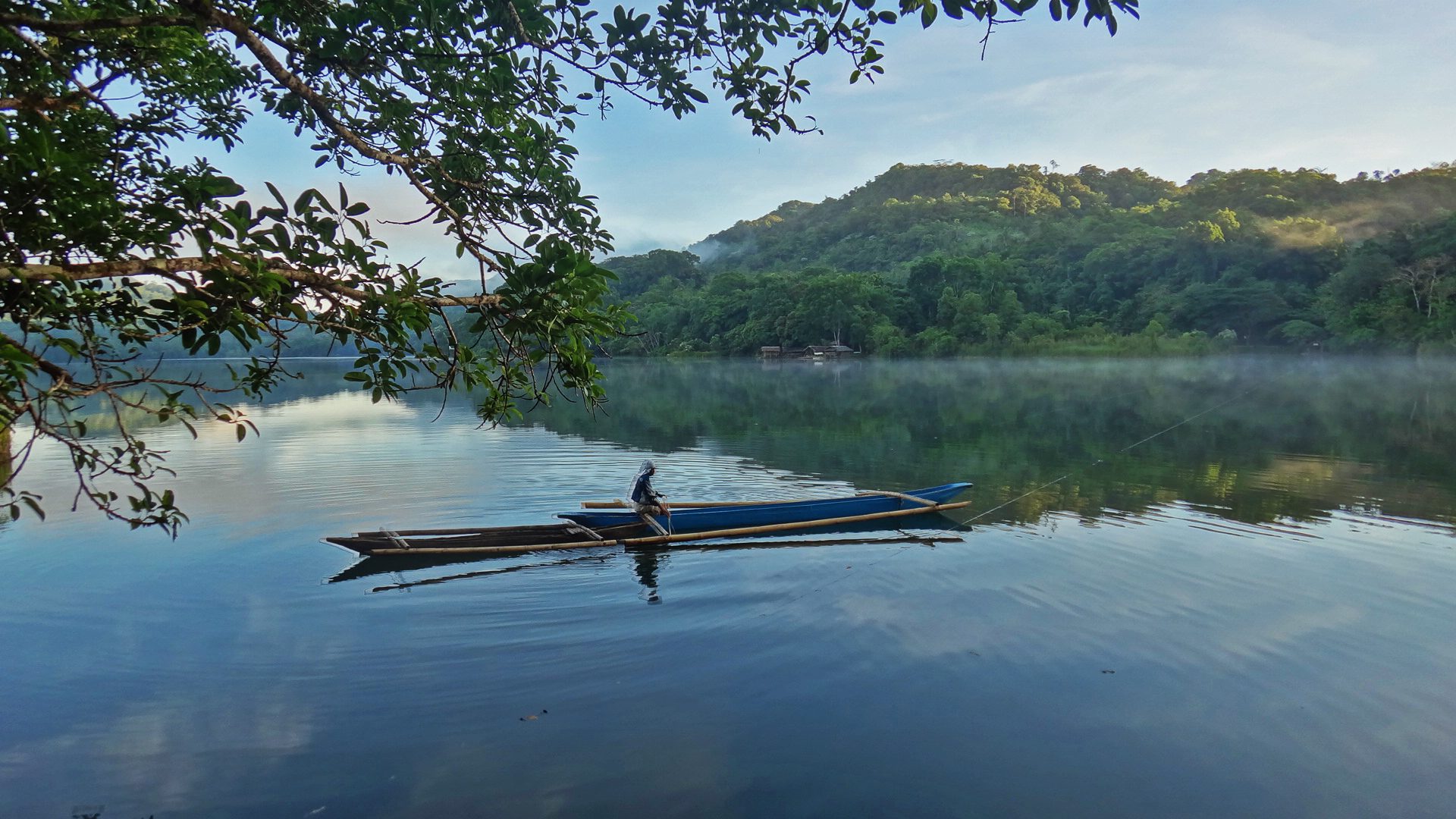
MANILA, Philippines – A new year means new travel plans. Where to go this 2016? There are places whose beauty never gets old, while there are those whose beauty is yet to be discovered by many. Below are some destinations worth exploring.
Surigao del Sur
It is the other Surigao, Surigao del Norte, that is often well-visited, especially for its surfing spot Siargao, and later, for Bucas Grande, with its breathtaking lagoons and stingless jellyfish. (IN PHOTOS: Visit these 10 magical, beautiful lagoons in the Philippines)
Surigao del Sur, on the other hand, also has a beautiful, but not-so-well-known lagoon, with stingless jellyfish – the Blue Lagoon in the municipality of Cantilan.
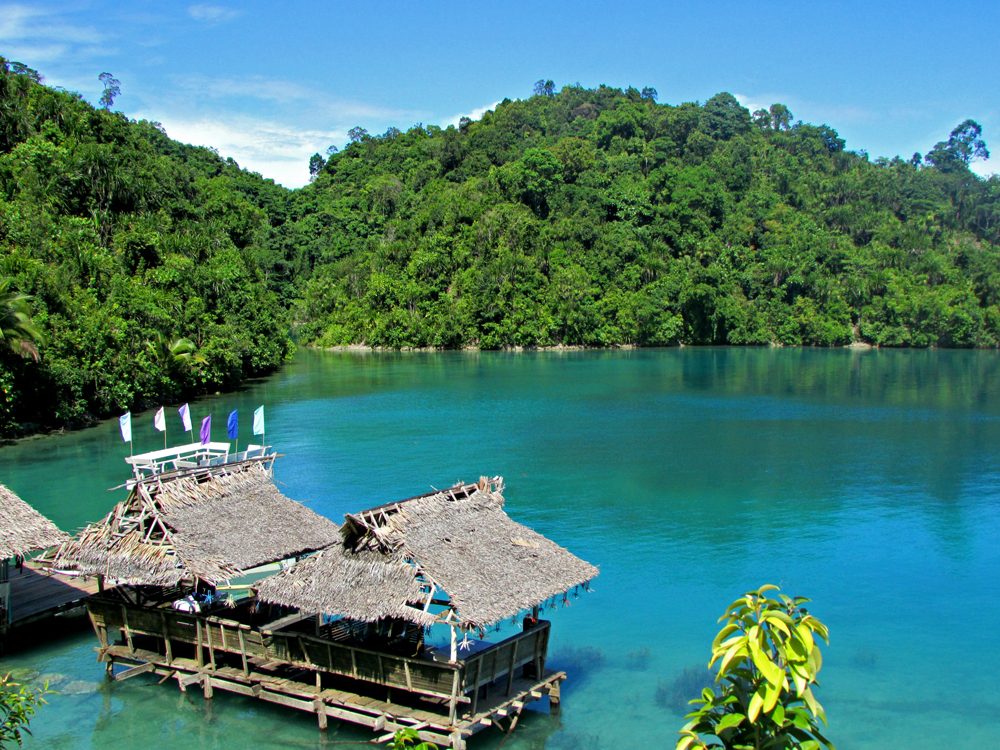
Cantilan also has pristine white beaches, but it is San Agustin’s Britania group of islands that is arguably Surigao del Sur’s pride – 24 islands and islets, some of them unspoiled white beaches or karsts blanketed with lush greenery. (READ: Britania Islands, breathtaking paradise in Surigao del Sur)
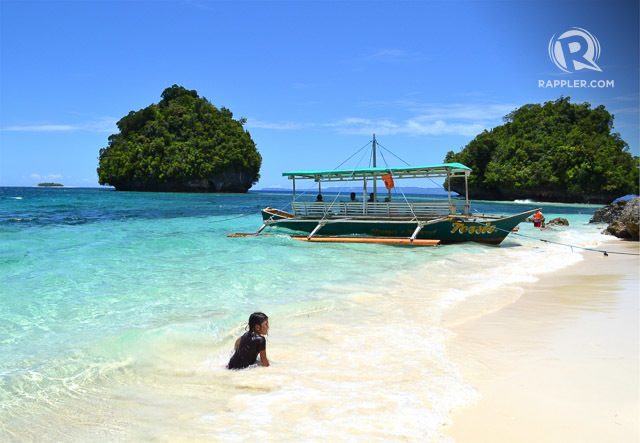
Inland, the province’s must-visit is Hinatuan’s mystical Enchanted River, a deep sapphire blue with a chasm said to be at least 80 feet deep. At night, it is believed that mermaids and fairies frolic in the waters. (READ: The enchanting blue river of Hinatuan, Surigao del Sur)
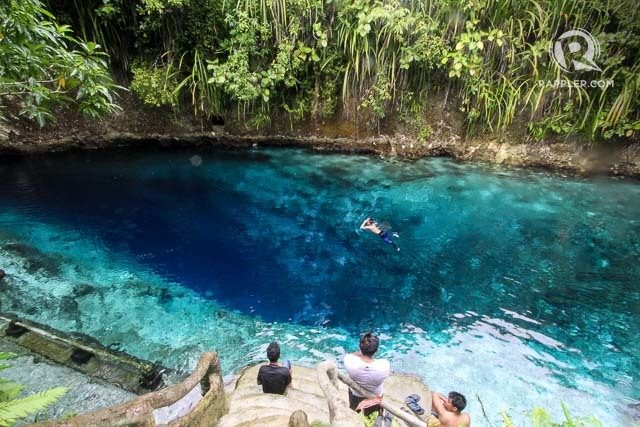
In the neighboring municipality of Bislig, meanwhile, is the majestic Tinuy-an Falls, 95 meters wide and flowing down 55 meters in three tiers.
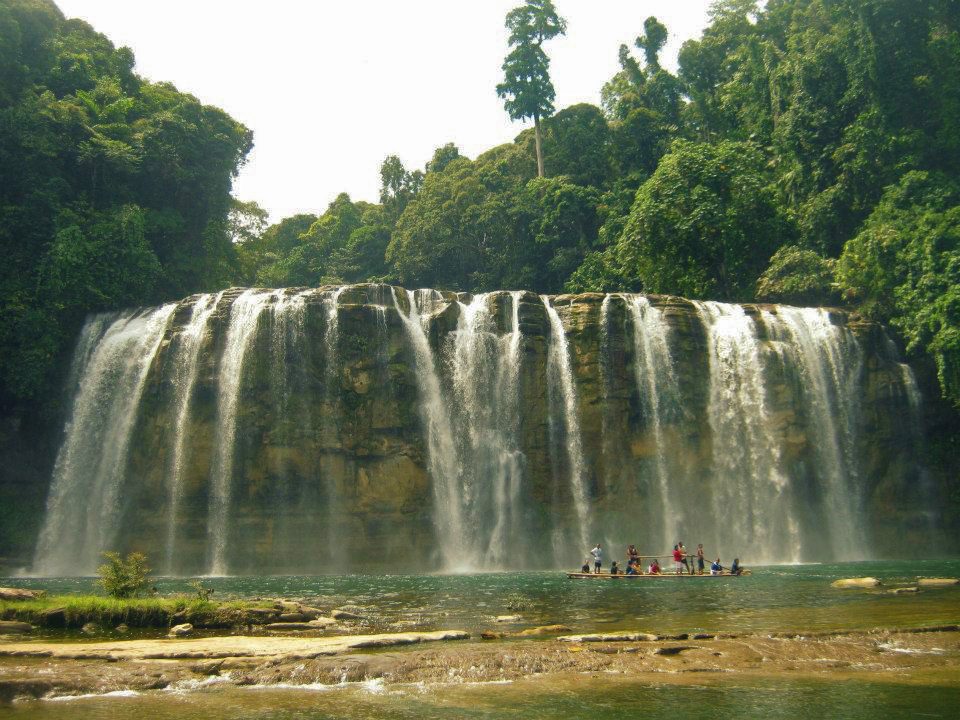
How to get there: If going to the southern part of the province (Enchanted River and Tinuy-an Falls), take a flight to Butuan from Manila then ride a bus to Surigao. If going to the northern part of the province, where Blue Lagoon is, take a flight to Surigao City and ride a bus to Surigao del Sur.
Quirino
To northbound travelers usually heading for Baguio, Sagada, and Ilocos, Quirino might not ring a bell. But this province, albeit relatively new to tourism, has much to offer especially to outdoor adventurers. Rich with mountains, rivers, caves, and karsts, Quirino offers activities like canoeing, tubing, and spelunking.
The municipality of Nagtipunan is particularly picturesque, with a viewpoint overlooking Cagayan River flowing through a verdant landscape.
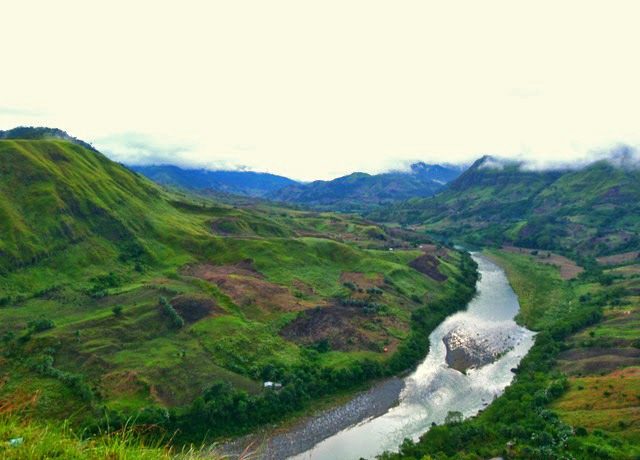
Go river tubing or canoeing at Siitan, part of Cagayan River.
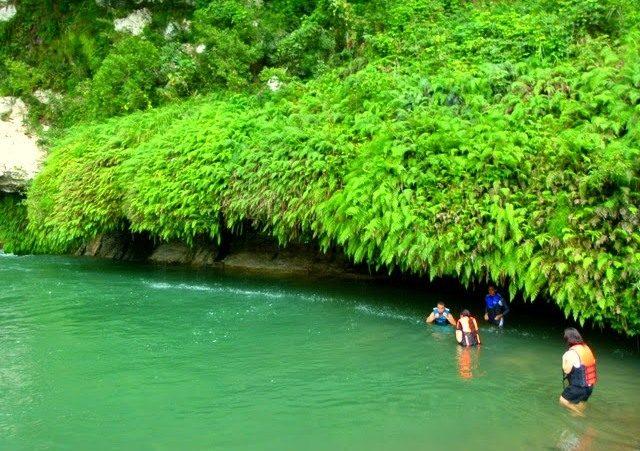
Canoeing, as well as whitewater rafting, is also perfect at the scenic Governor’s Rapids in Maddela.
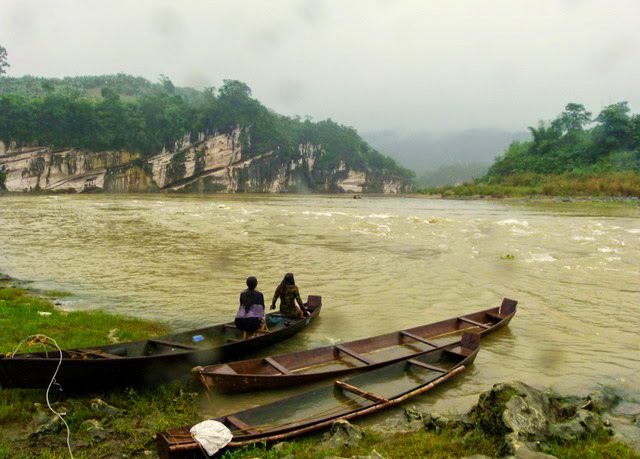
For spelunking, there is Aglipay’s 37 connecting underground cave chambers, 8 of which can be explored.
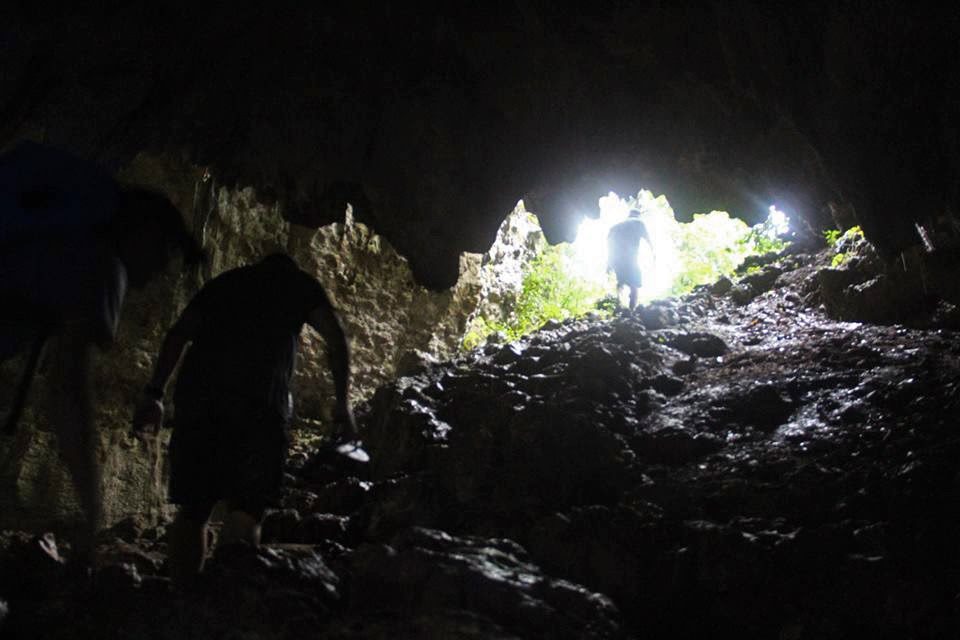
How to get there: Ride a Maddela-bound bus (like Five Star and Northern Luzon Bus Line) in Manila. You can also take a flight to Cauayan in Isabela before commuting to Quirino.
Capiz
Accessible via a direct flight, Capiz is convenient to travel to, and has a laidback charm that is so far untouched by mass tourism. The quiet river cruise in the capital city Roxas is particularly a must-try. Don’t be surprised if you have the river to yourselves save for fisherfolk – that’s how beautifully quiet it can get.
And don’t forget to enjoy fresh and cheap seafood also in Roxas, dubbed the Seafood Capital of the Philippines.
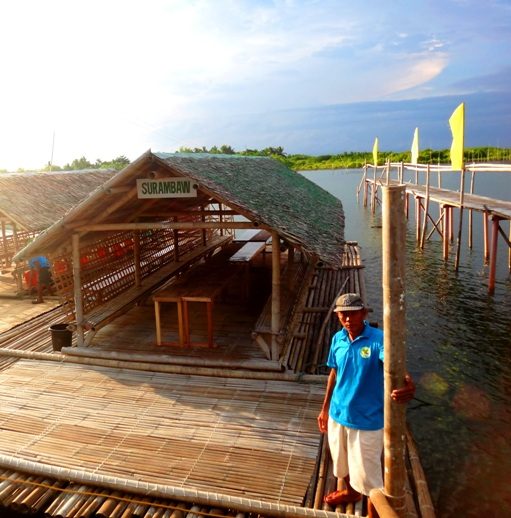
Go island hopping in the city too, to see the white beach of Olotayan and the rock island of Mantalinga.
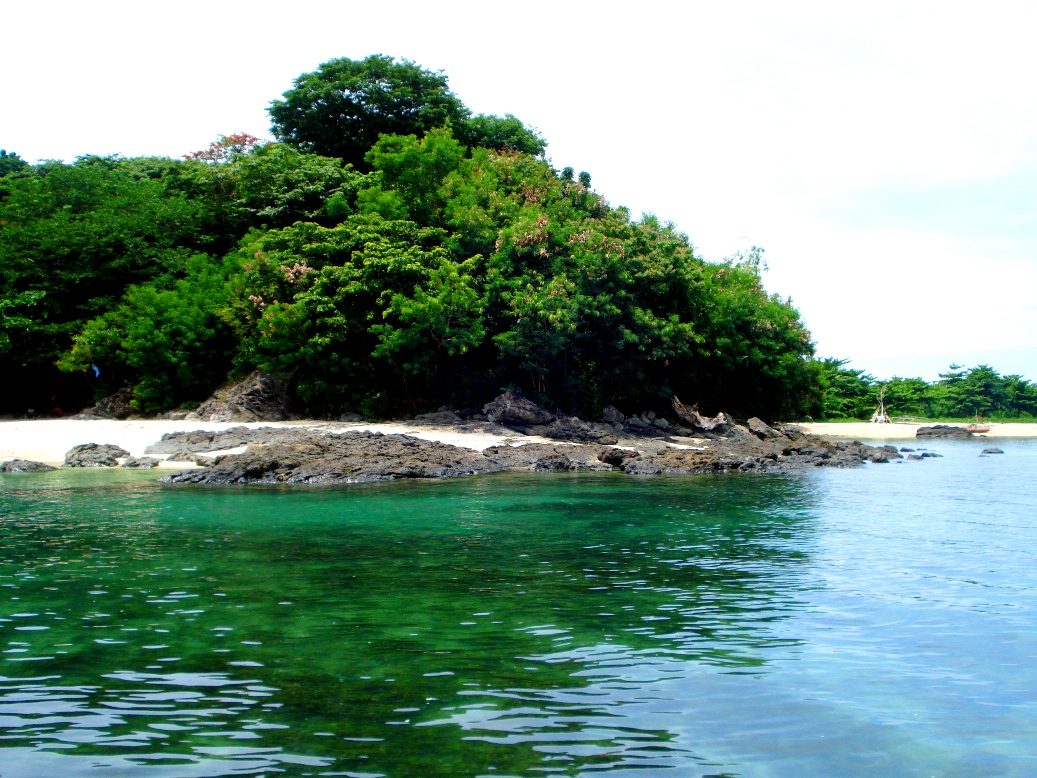
Outside Roxas City, go to the historical Santa Monica church in neighboring Pan-ay and climb up its bell tower to see the country’s biggest bell.
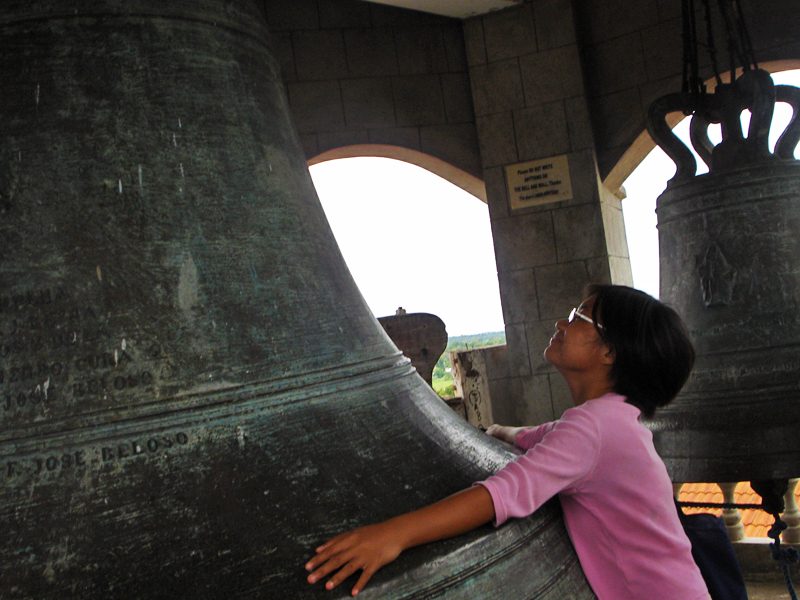
Go caving in Lahab Cave and Dumalag and take a dip at the turquoise Suhot Spring afterwards. Trek to waterfalls in Liktinon, President Roxas, and in Camp Peralta in Jamindan.
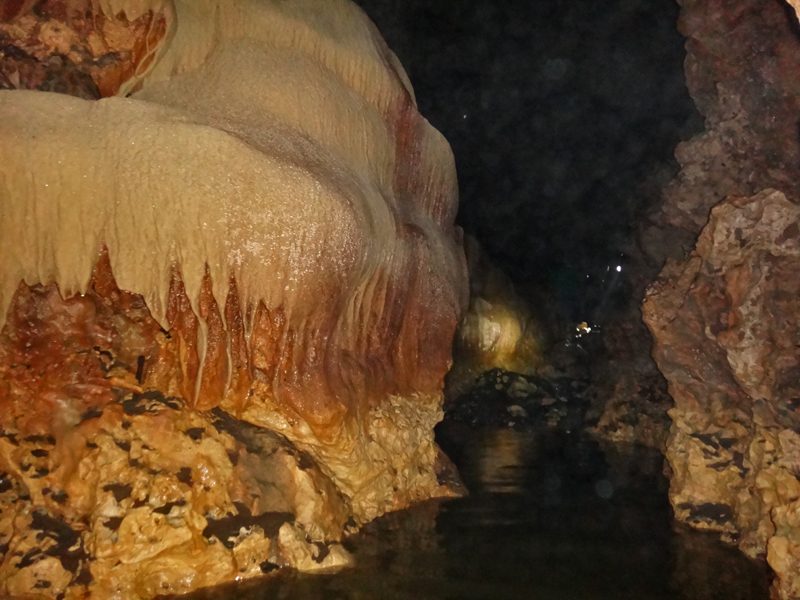
How to get there: Take a flight to Roxas. From there, other municipalities are accessible via bus or jeep.
Leyte
Felled by Super Typhoon Yolanda (Haiyan) but slowly getting back on its feet, Leyte and its natural attractions remain beautiful. This is a good place to spend your tourism pesos for the province to stand with pride as a tourism getaway again.
While some of its facilities have been destroyed, Palompon’s breathtaking Kalanggaman Island retains its natural beauty with its two white sandbars and clear waters, and is perfect for day trips.
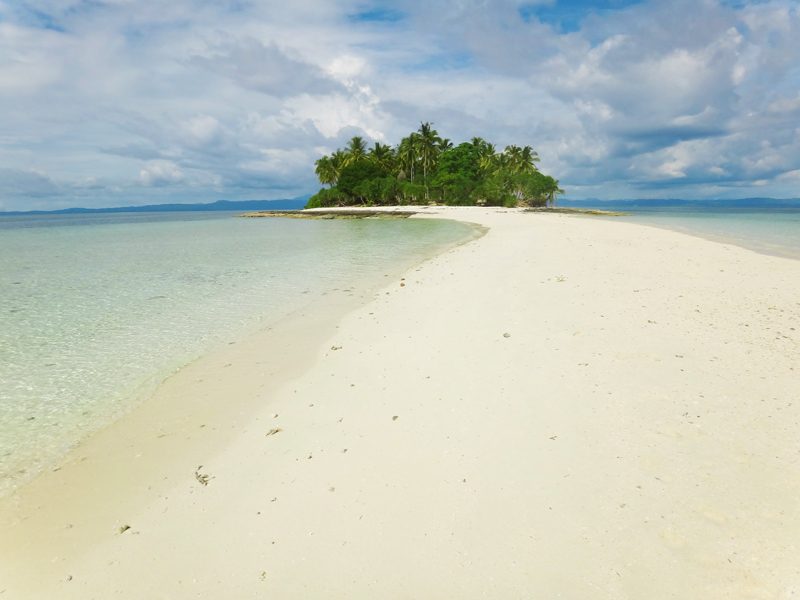
Meanwhile, the waters of Ormoc’s Lake Danao remain tranquil and beautiful. While some of the trees surrounding the lake had fallen after Yolanda, tree-planting activities have since then been done enthusiastically by locals.

Meanwhile, for those wishing to see the historical MacArthur Landing Memorial Park, rest assured that the statue damaged by the typhoon has been repaired.
Tacloban residents also created beauty and hope with the Ginsiyaman Music Festival, held for the first time in September 2015 and envisioned to be a yearly event.
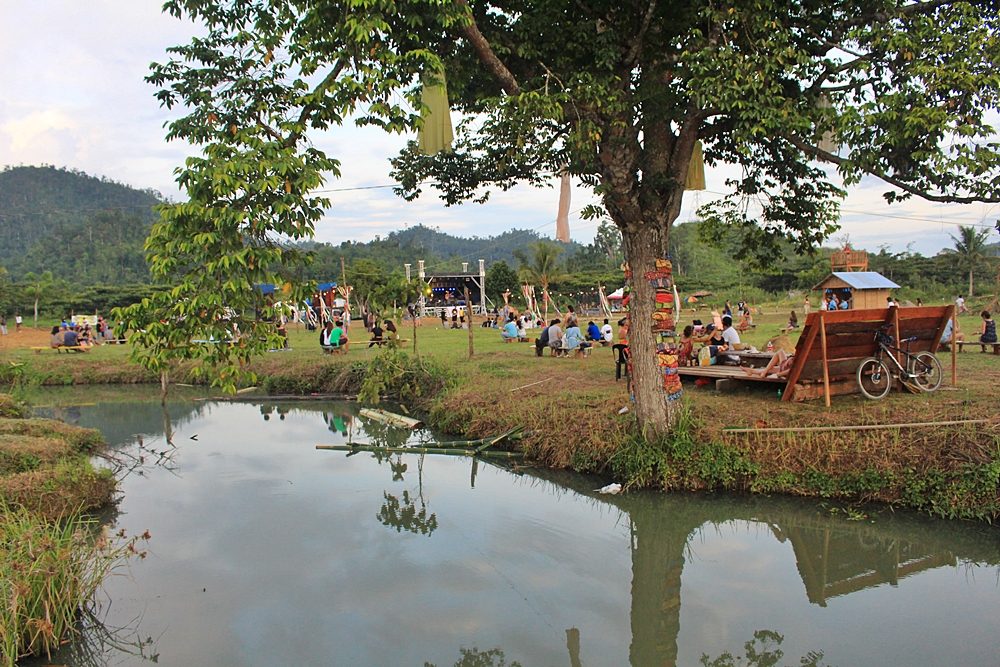
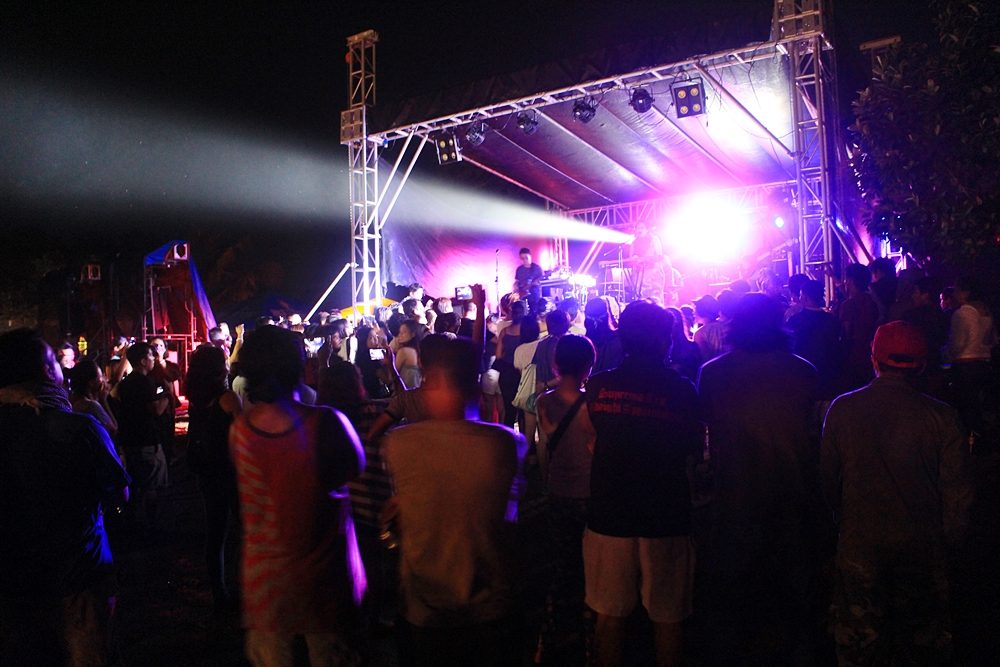
For more Leyte travel ideas, here is a list of things to do, written by a local over a year after Yolanda.
How to get there: Take a flight to Tacloban. From there, other places can be explored via jeepney or van.
Davao Oriental
While Davao City is the better known tourist destination, provinces in the Davao region like Davao Oriental have much to offer. Davao Oriental’s must-visit is the 1,110-feet high, 84-tiered Aliwagwag Falls in Cateel, which remains beautiful even after it was struck by Typhoon Pablo (Bopha).
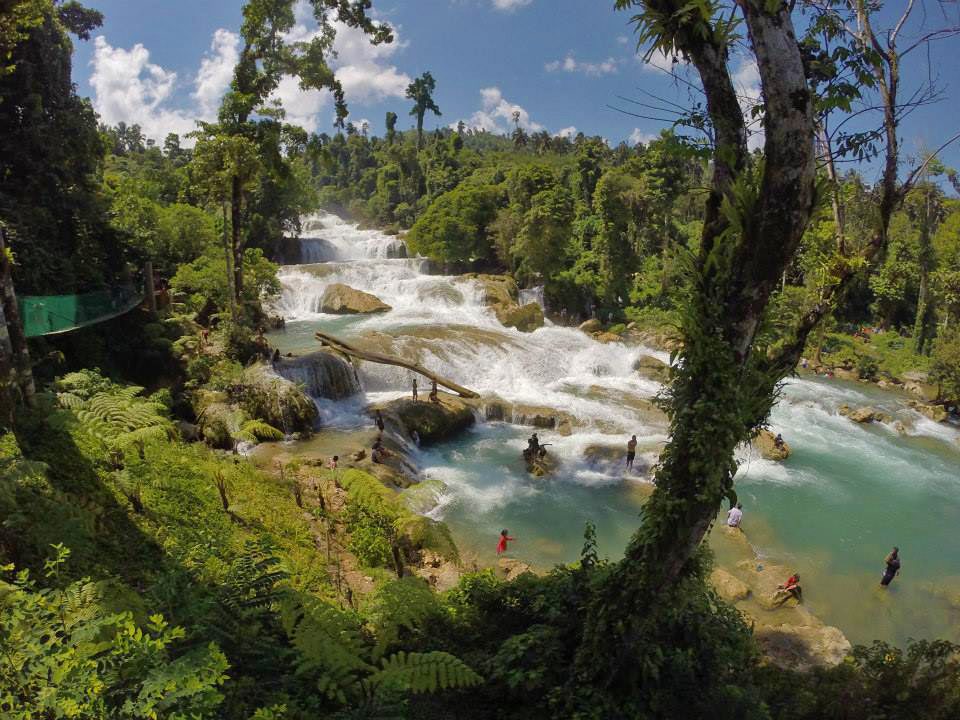
In terms of white beaches, the province’s pride is its crescent-shaped, 7-kilometer long Dahican Beach in Mati, perfect for skimboarding.
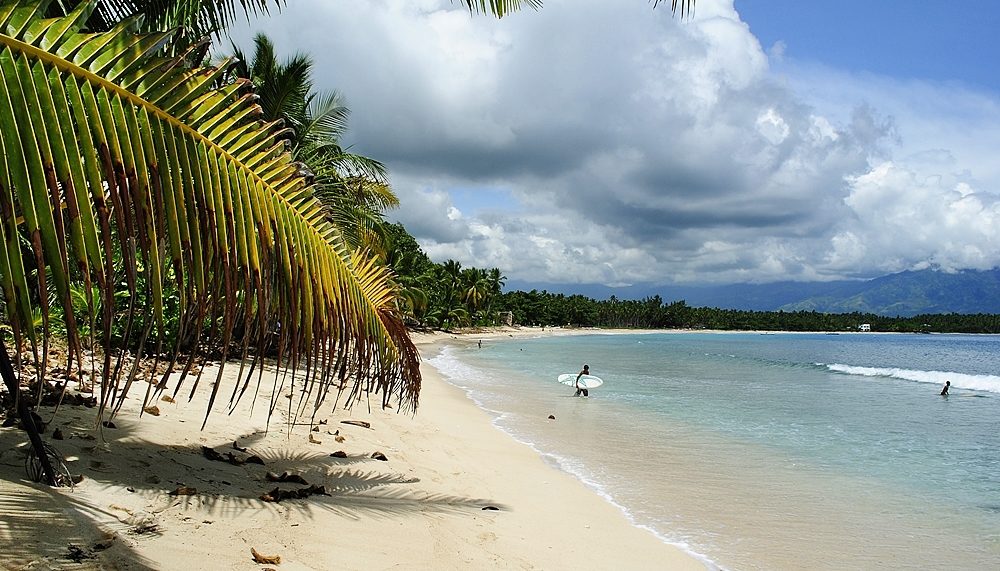
Davao Oriental’s Mount Hamiguitan is also the newest recognized UNESCO World Heritage Site in the country. Its unique feature is its “pygmy forest,” which is made up of bonsai trees estimated to be 100 years old. It is also a habitat of the endangered Philippine eagle. (READ: Davao’s Mt Hamiguitan named UNESCO World Heritage site)
To know more about the province’s many attractions, check out a local’s blog posts on Davao Oriental.
How to get there: Take a flight to Davao City. From Ecoland Terminal, ride a bus to different areas of Davao Oriental.
Cebu
While Cebu is more known for its city attractions and beaches up north, the south also has a lot to offer, with its beaches, outdoor adventures, and heritage and culture. Moalboal is popular down south, not so much for its beaches, but for its snorkel and dive sites, but there are more beautiful white beaches in southern Cebu, like Alcoy’s and Aloguinsan’s beaches. (READ: Beach and diving time at Moalboal)
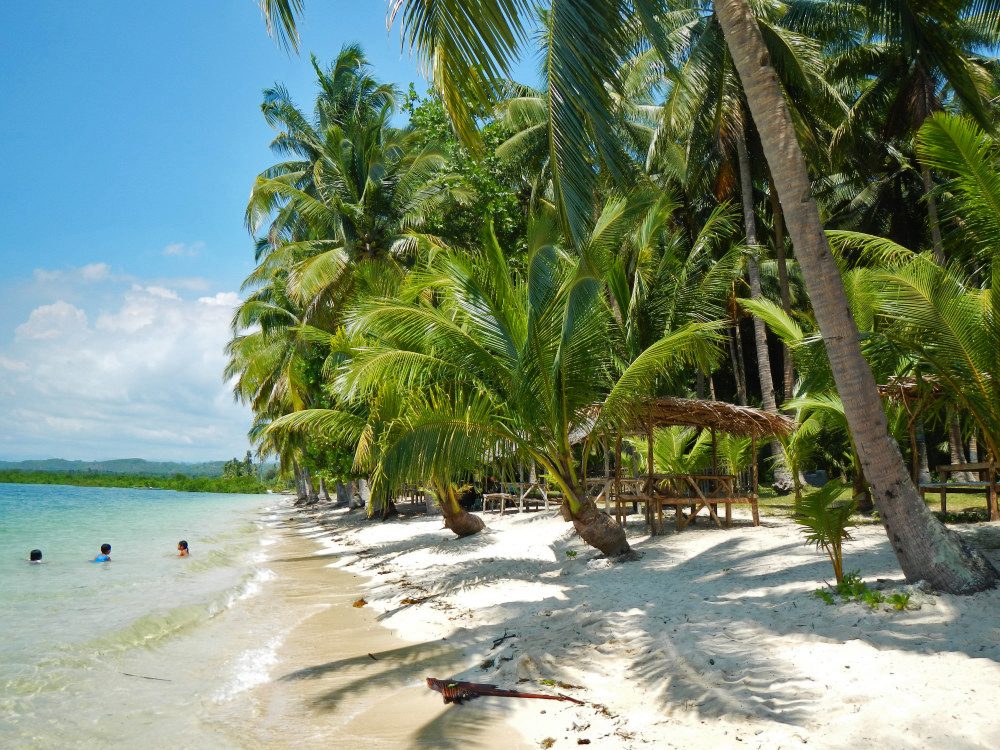
Aloguinsan also offers a scenic cruise through Bojo River leading outside to Tañon Strait.
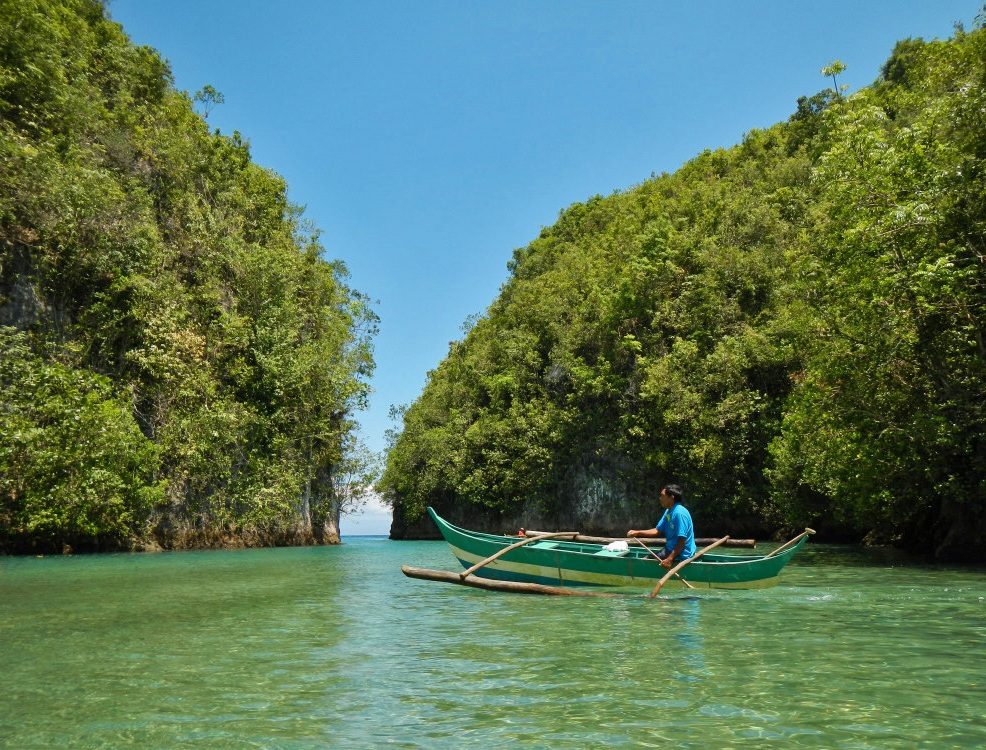
Those who want a more extreme outdoor adventure can go canyoneering in Badian, where you scale rocks and jump off cliffs and waterfalls. Watch adventurers climb and jump off cliffs in Badian below.
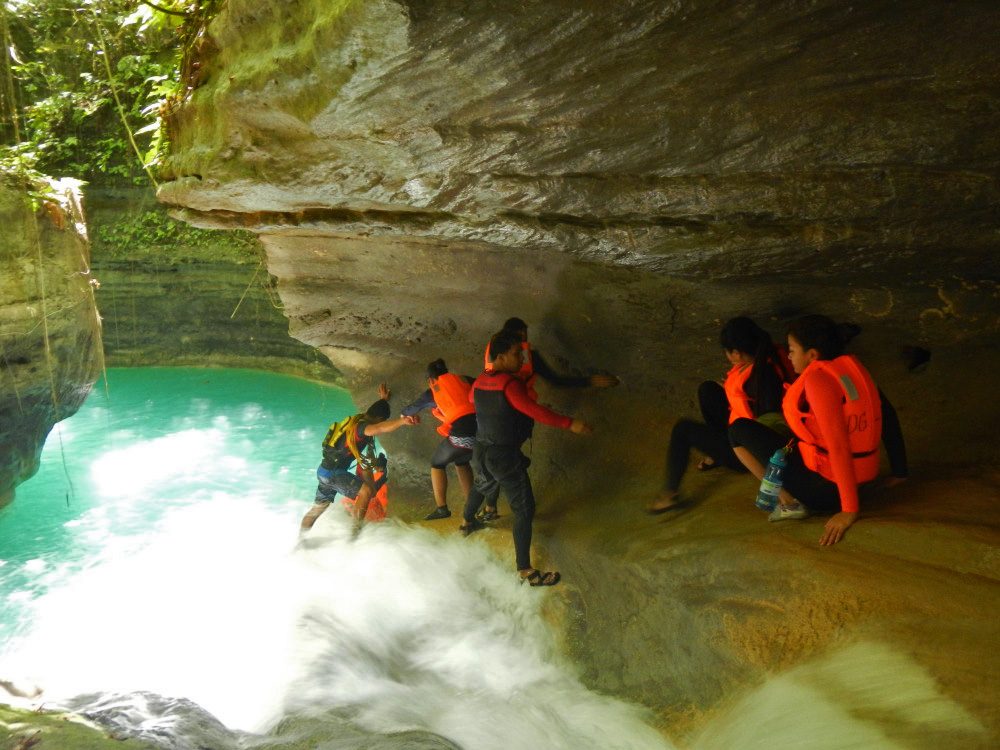
For beautiful old houses and historical structures, visit Carcar. It is also famous for its chicharon.
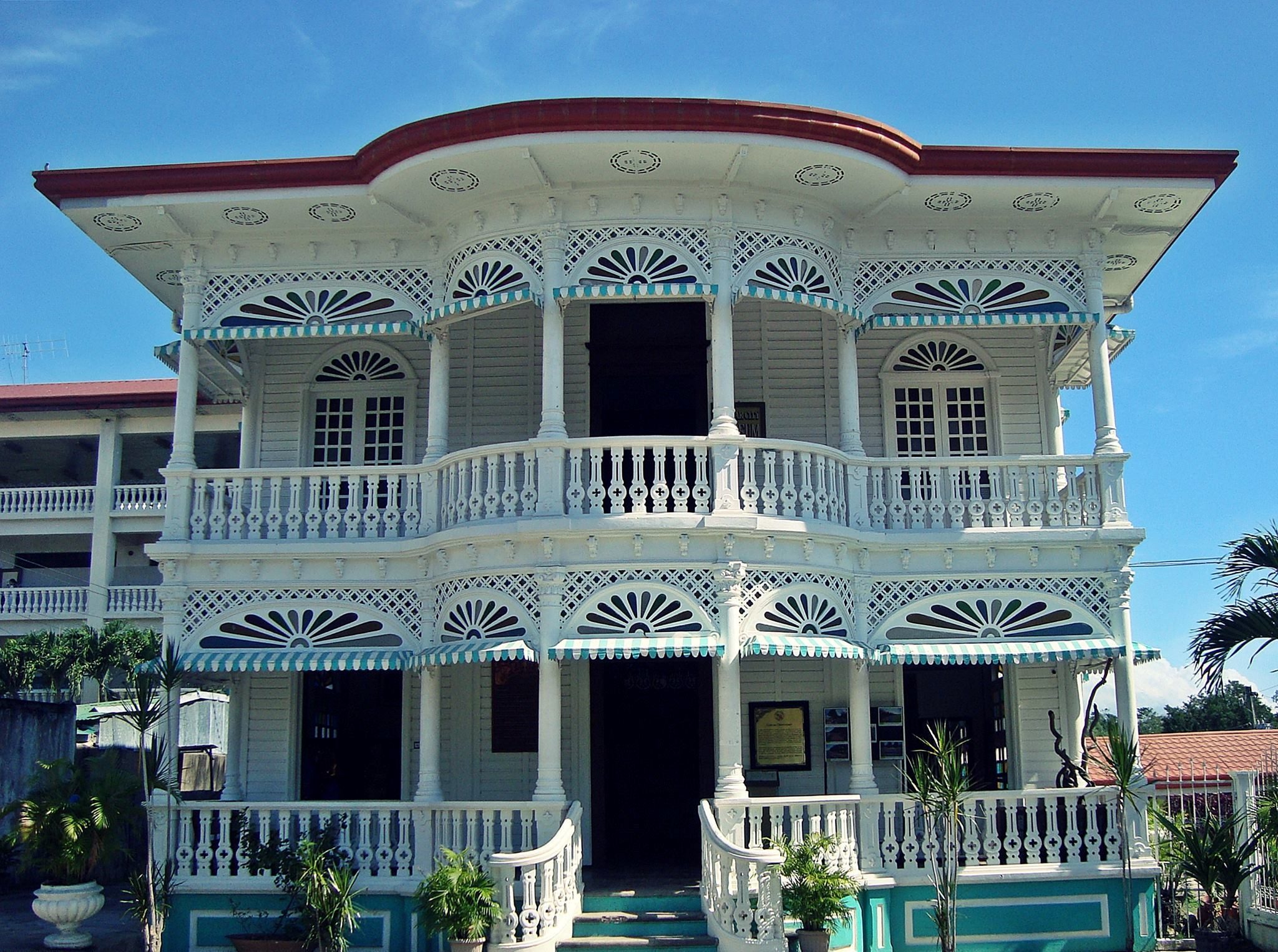
How to get there: Take a flight to Cebu. Ride a bus from the South Bus Terminal to explore the province’s south.
Palawan
Voted as “World’s Best Island” by Condé Nast Traveler readers for two years now, Palawan is a must-visit, any year. Puerto Princesa’s Underground River, and Coron and El Nido’s white beaches, aquamarine lagoons, and gray-green limestone cliffs continue to be popular attractions.
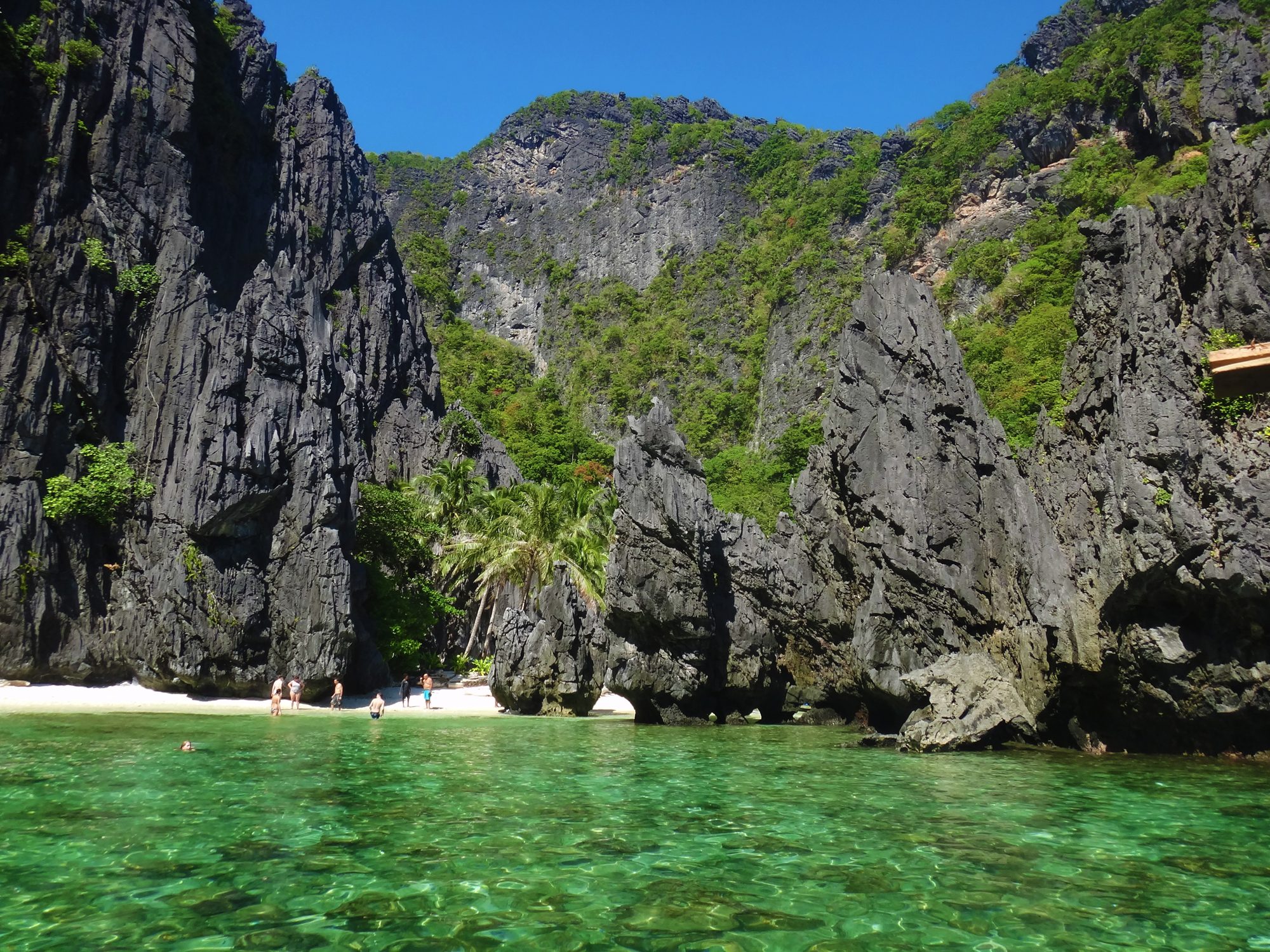
There are others areas worth exploring, too, like San Vicente’s 14-kilometer beach, the country’s longest, and Taytay’s charming historical fort by the sea.(IN PHOTOS: Which of these 5 Palawan destinations will you visit next?)
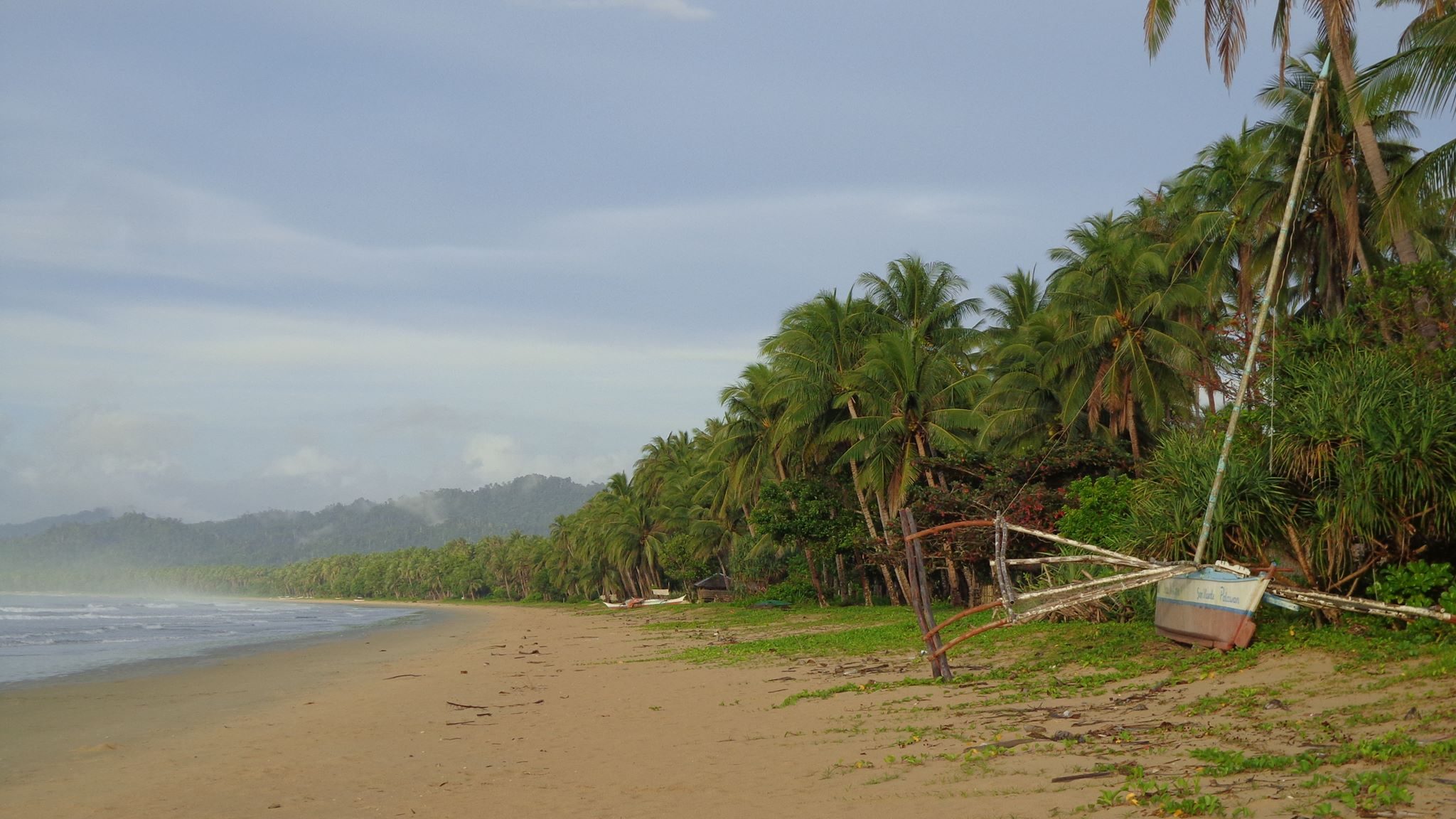
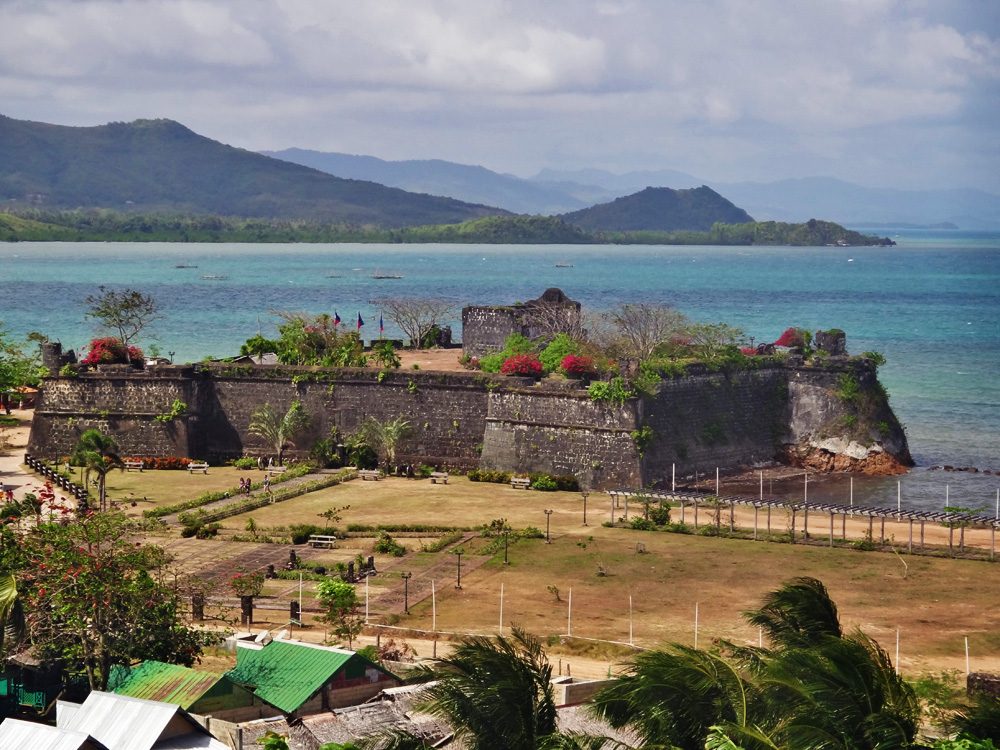
How to get there: Take a flight to Puerto Princesa. This is the jump-off point to the Underground River and places up north like El Nido, San Vicente, and Taytay. Take a flight to Busuanga if you’re exploring Coron. You can also take a boat to Coron if you are coming from El Nido.
Batanes
Part of many people’s bucket lists, Batanes’ charm is timeless, with rugged landscapes of hills and cliffs pounded by waves, and beautiful stone houses. (READ: Through the eyes of a first-timer: Batanes, the evergreen)
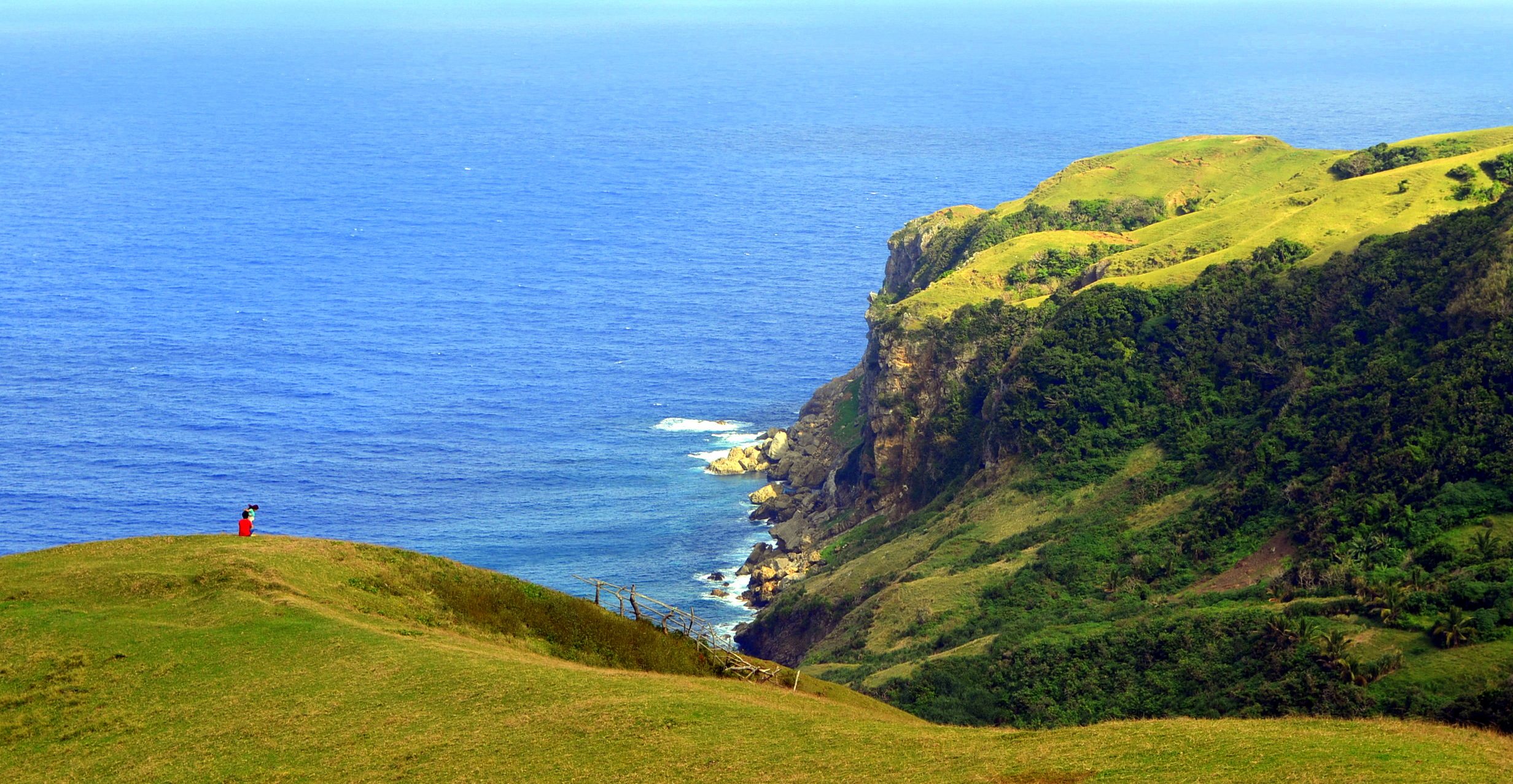
Take the different tours in Batanes, and if you dare, brave the often-high waves and ride a faluwa to Itbayat, Batanes’ northernmost island that is closer to Taiwan than to the Philippines.
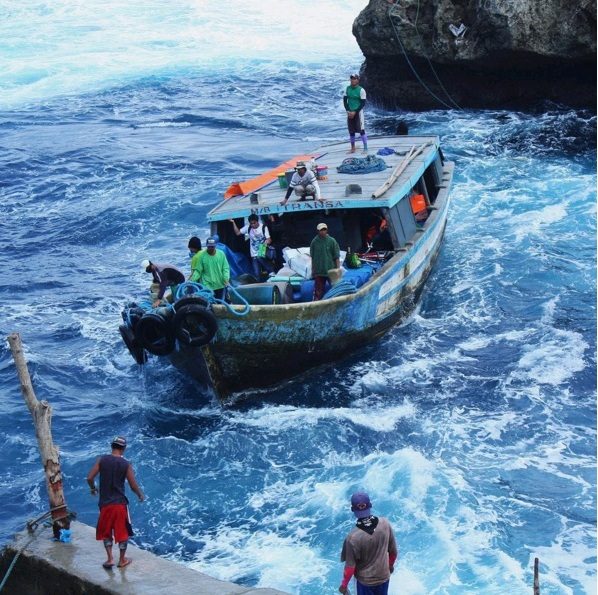
Be sure to try Batanes’ delicious seafood, but be mindful which ones you try. The popular coconut crab is a threatened species but is still served at some restaurants.
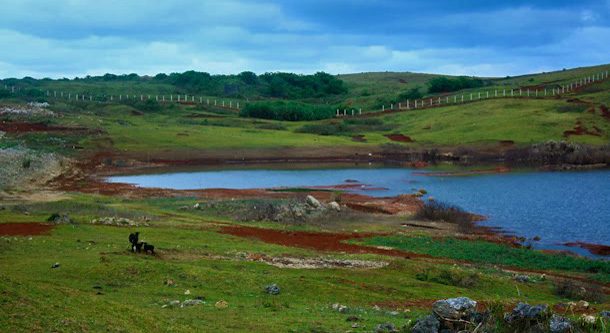
How to get there: Take a flight to Basco, the jump-off point to explore Batanes.
Excited to visit these beautiful destinations? Help keep these places beautiful too by traveling responsibly. Many of the destinations listed here are still developing in terms of facilites and are not besieged by mass tourism. (READ: 6 travel mistakes that harm beautiful destinations)
Where else would you like to go this 2016? Share in the comments below. – Rappler.com

Add a comment
How does this make you feel?
There are no comments yet. Add your comment to start the conversation.